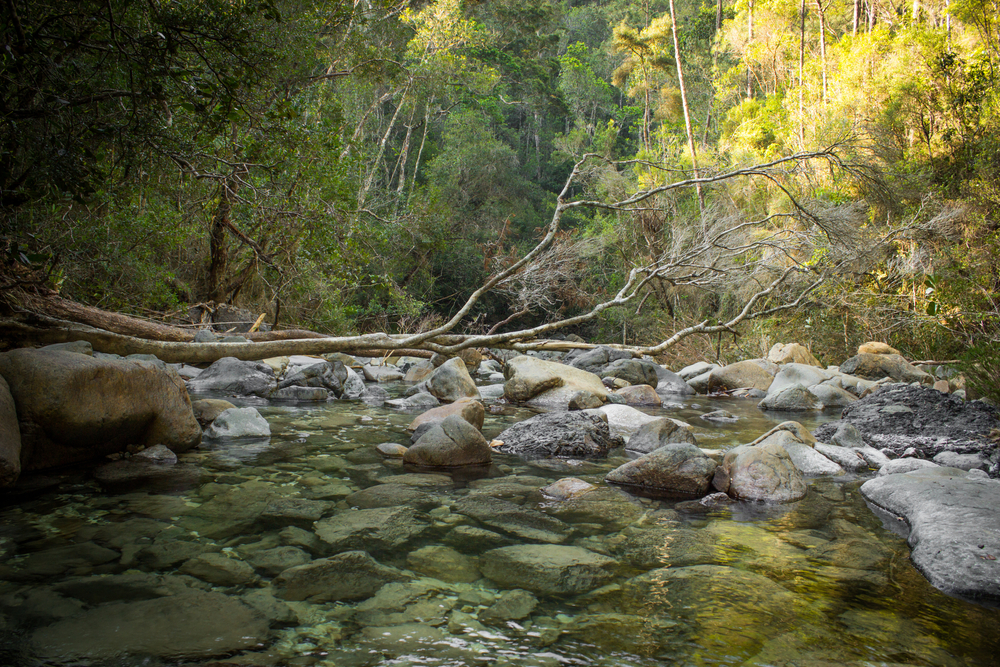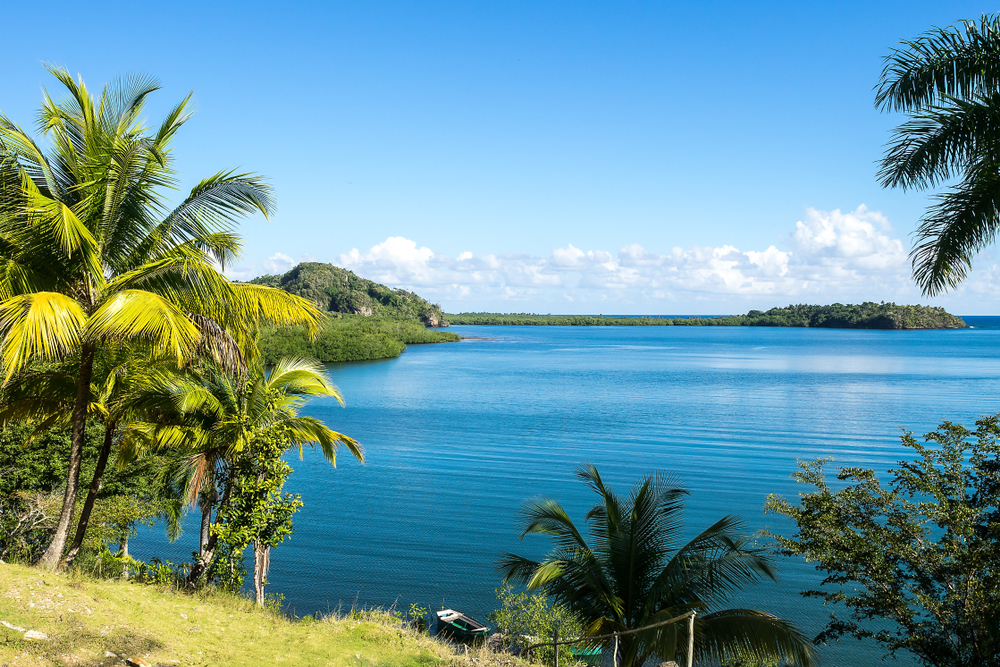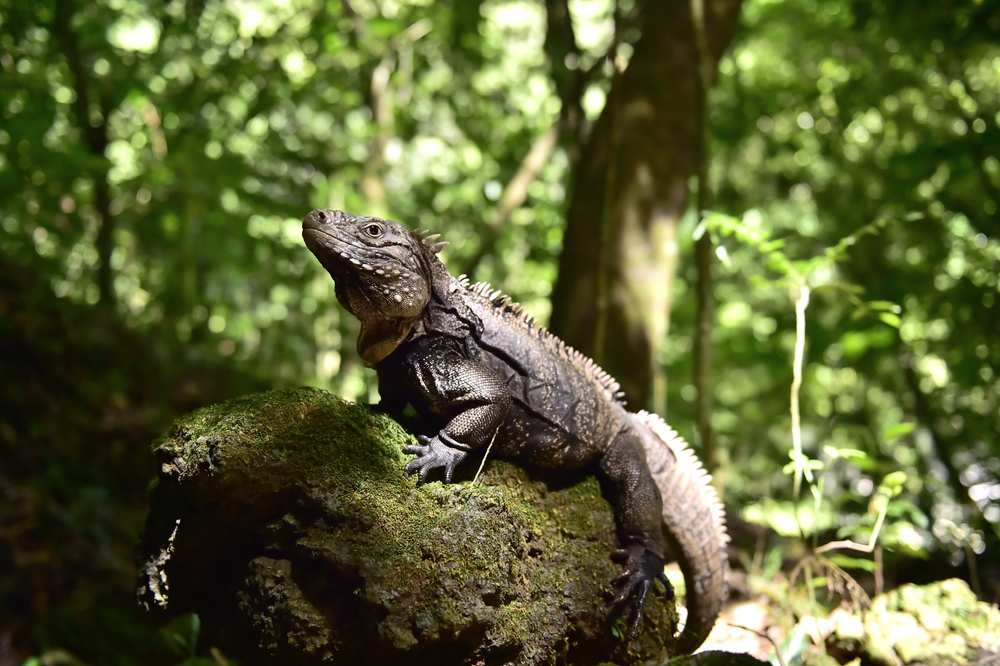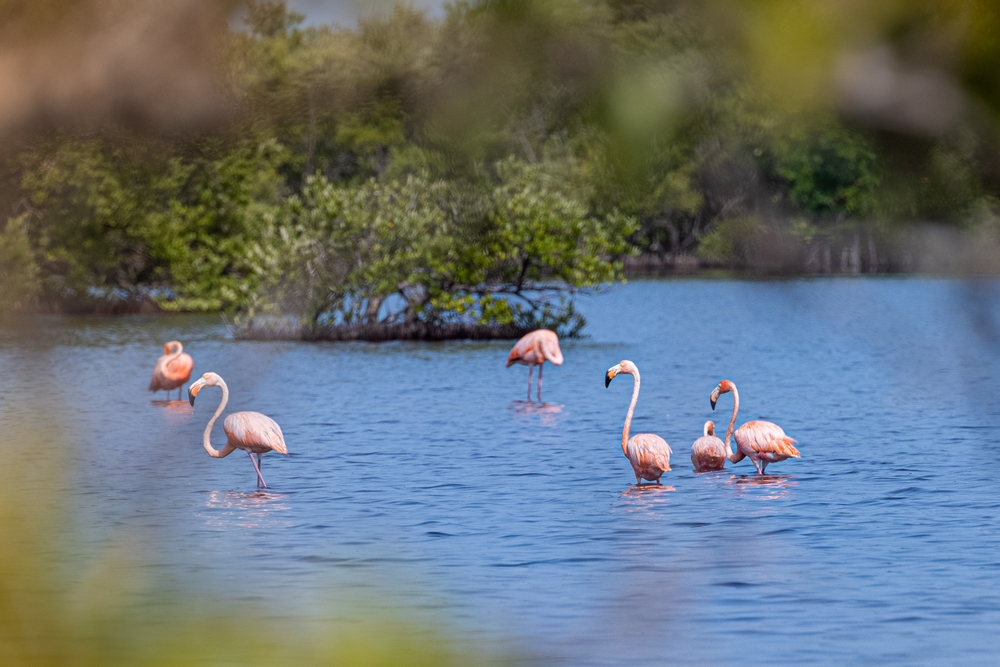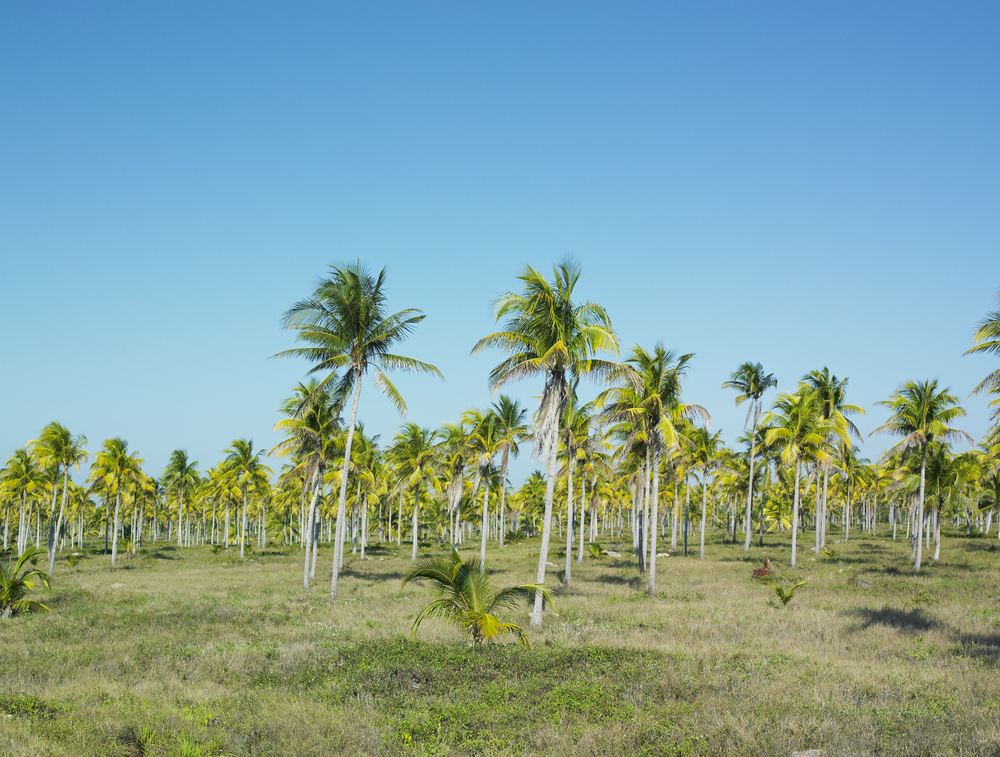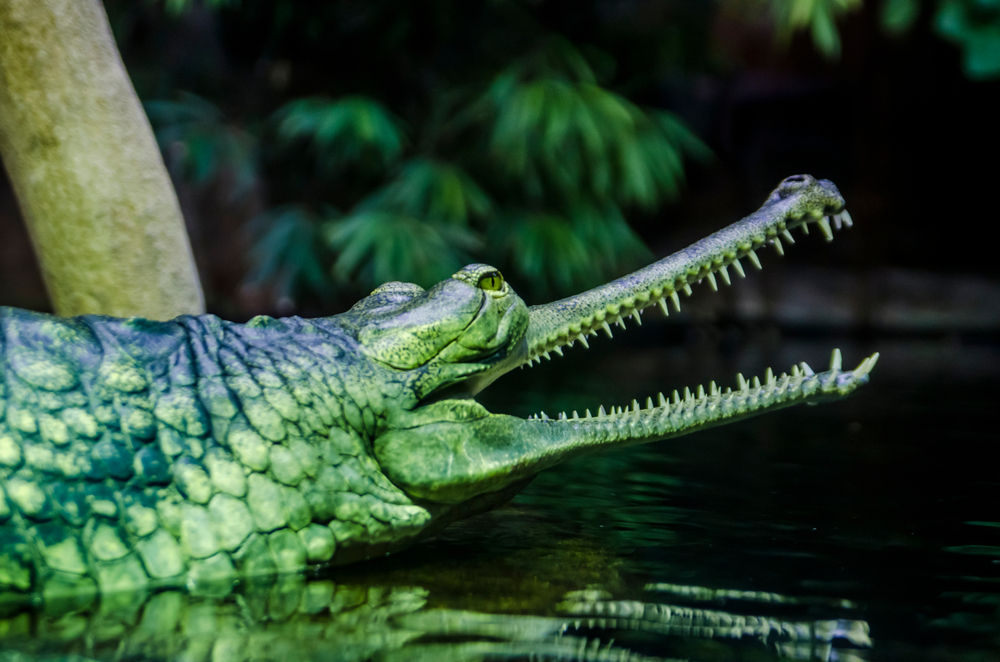Sierra Cristal Overview
Sierra Cristal National Park, known in Spanish as Parque Nacional Sierra Cristal, is located in eastern Cuba, within the Holguín Province. Covering an area of approximately 71 square miles (184 square kilometers), it was the first national park designated in Cuba in 1930.
This park is part of the larger Nipe-Sagua-Baracoa mountain range and is known for its lush tropical forests, high biodiversity, and critical role in conservation efforts. The park is characterized by rugged, mountainous terrain with elevations reaching up to 4,659 feet (1,420 meters) at the peak of Loma de Mícara. The dense cloud forests that blanket these mountains create a rich and humid environment that fosters a variety of endemic plant and animal species.
The landscape of Sierra Cristal National Park is dominated by pine forests, particularly the Cuban pine (Pinus cubensis), which stands in contrast to the tropical broadleaf forests typically found in other parts of Cuba. These forests create an ideal habitat for many rare and endangered species.
The park is also home to rich ferns, orchids, and towering mahogany and cedar trees, forming a lush canopy that shades the forest floor. Deep ravines, clear rivers, and waterfalls flow through the park, adding to its scenic beauty and ecological significance. Among the most notable rivers is the Mayarí River, which originates within the park and flows through the region, providing essential water resources to surrounding ecosystems and communities.
The wildlife of Sierra Cristal National Park is as diverse as its landscapes. Among the key mammals found in the park are the Cuban solenodon (Solenodon cubanus), an ancient insectivorous mammal with a venomous bite, and the hutia, a large rodent that is native to the Caribbean.
Birdwatchers are particularly drawn to the park due to its vibrant bird population. Some of the most remarkable avian species include the Cuban trogon (Priotelus temnurus), Cuba’s national bird, and the bee hummingbird (Mellisuga helenae), the smallest bird in the world. Other birds such as the Cuban parrot (Amazona leucocephala) and the endangered ivory-billed woodpecker (Campephilus principalis), though rarely seen, are known to inhabit these forests.
Visitors to Sierra Cristal National Park are captivated by its pristine landscapes and opportunities for outdoor exploration. The park is a prime location for hiking, with trails that lead through dense forests, over mountain ridges, and to breathtaking viewpoints.
The remote nature of the park provides an excellent setting for eco-tourism, where travelers can immerse themselves in nature, observe wildlife, and explore its unique ecosystems. Camping is also permitted in designated areas, allowing visitors to experience the park’s tranquil beauty overnight. Due to its elevation, the climate is cooler and more refreshing compared to the lower coastal areas of Cuba, making it an attractive destination for those seeking to escape the tropical heat.
Conservation efforts in Sierra Cristal National Park have played a crucial role in preserving its ecosystems. As one of the oldest protected areas in Cuba, the park has benefited from decades of conservation policies aimed at preventing deforestation and protecting its rare species.
However, challenges such as illegal logging, agricultural encroachment, and climate change pose ongoing threats to the park’s delicate balance. The Cuban government, alongside international conservation organizations, has implemented measures to mitigate these risks, including reforestation projects and wildlife monitoring programs.
Despite these challenges, Sierra Cristal remains a valuable refuge for Cuba’s unique flora and fauna and a critical stronghold for biodiversity in the Caribbean.








































































